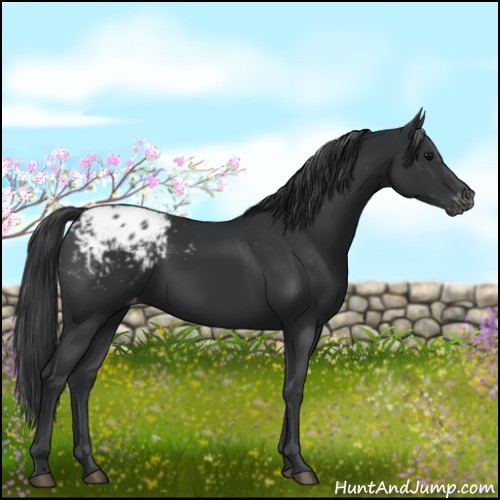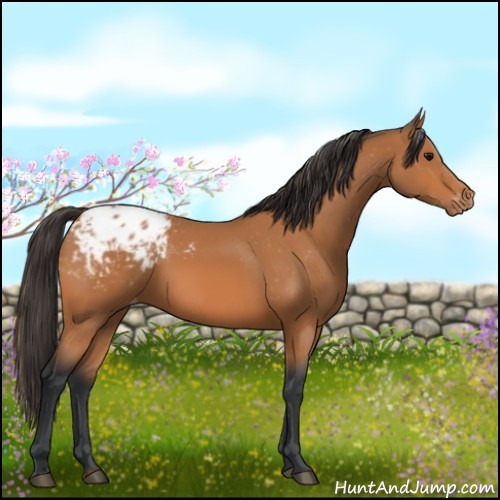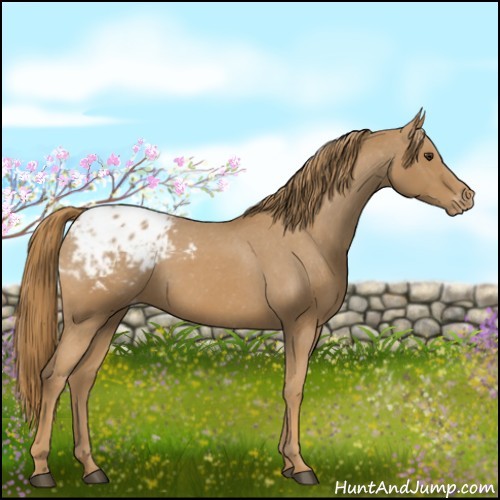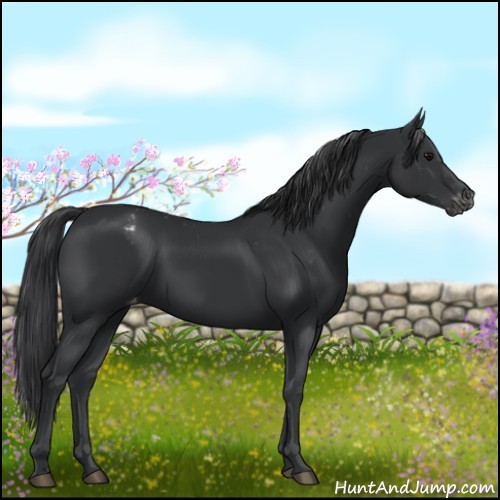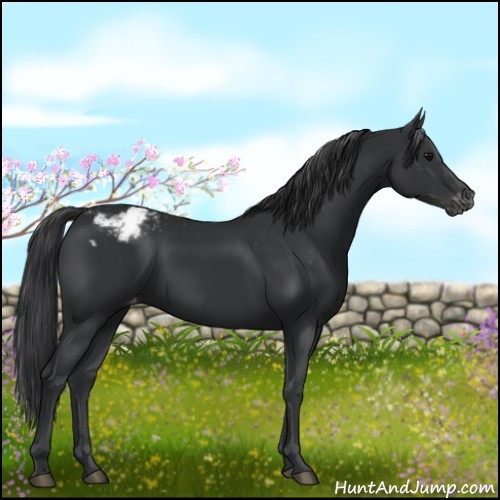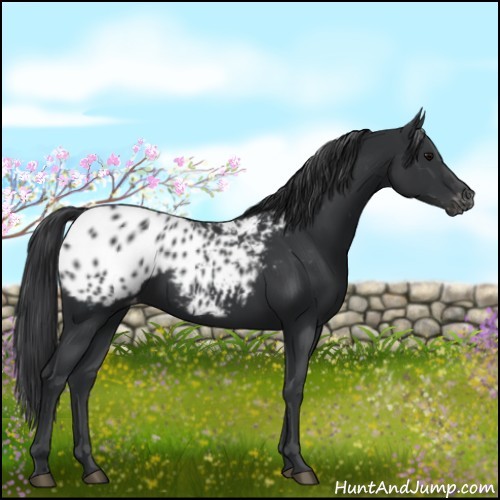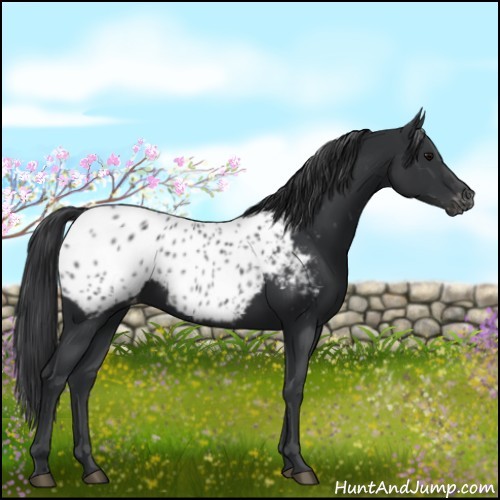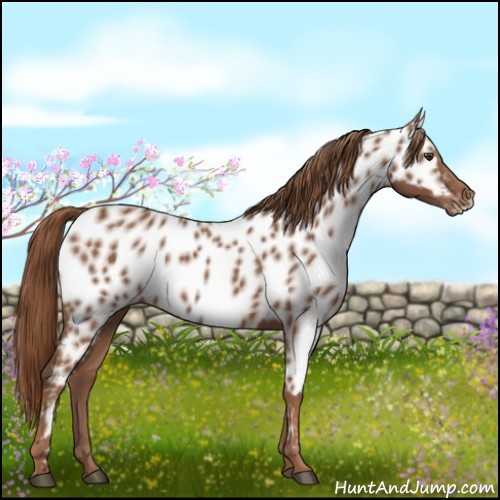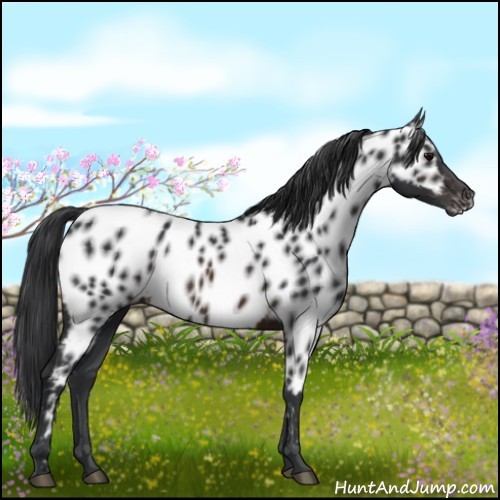Study #2: Appaloosa + Halo
This study looks at how Appaloosas with Halo Spots react when their Base Colors change.
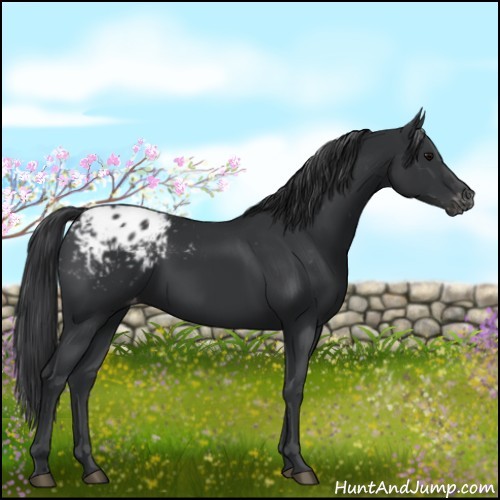
Study #1: 8yo Black Appaloosa Mare
E/e, a/a, LP/-, LPP1/LPP2
Adding Varnish Regulator 2 (H/H)
|
Non-Halo |
Black LP/-, LPP1/LPP2, H/H
|
|
Bay LP/-, LPP1/LPP2, H/H |
Chestnut LP/-, LPP1/LPP2, H/H |
Chestnut Blanket is slightly larger than on Bay and Black
Removing LP Promoters & Adding PATN1
|
Black LP/-, LPP1/-, H/H |
Black LP/-, LPP2/-, H/H |
|
Black LP/-, PATN1/-, LPP1/-, H/H |
Black LP/-, PATN1/-, LPP2/-, H/H |
Study #1 showed that in the presence of PATN1, LPP2 actually produced larger white Blanket markings than LPP1 did. But if PATN1 is removed, LPP2 leaves more white than LPP1 (see top row)
Adding Darkening Genes on Homozygous PATN1
|
Chestnut LP/-, PATN1/PATN1, LPP1/-, H/H, Sty/Sty |
Bay LP/-, PATN1/PATN1, LPP1/-, H/H, Sty/Sty, DP/DP
|
Pigment density influenced Spot Size as well as Spot Spread. Halo rings are clearly seen with Homozygous Sooty or Homozygous Sooty and Dense Pheomelanin.
Final Observations
- Because Halo gives the impression of shrinking your Spots, it is best seen on horses with larger spots.
- Halo doesn't appear to be as dynamic when changing the base color. Many photos weren't included because the spot size and shape looked the same as the one before it.
- With LPP1 & LPP2 you may be able to see Halo without PATN1. But either LPP1 or LPP2 by itself will not produce Halo marks.
- Darkening genes like DP and Sty make Halo more visible.

